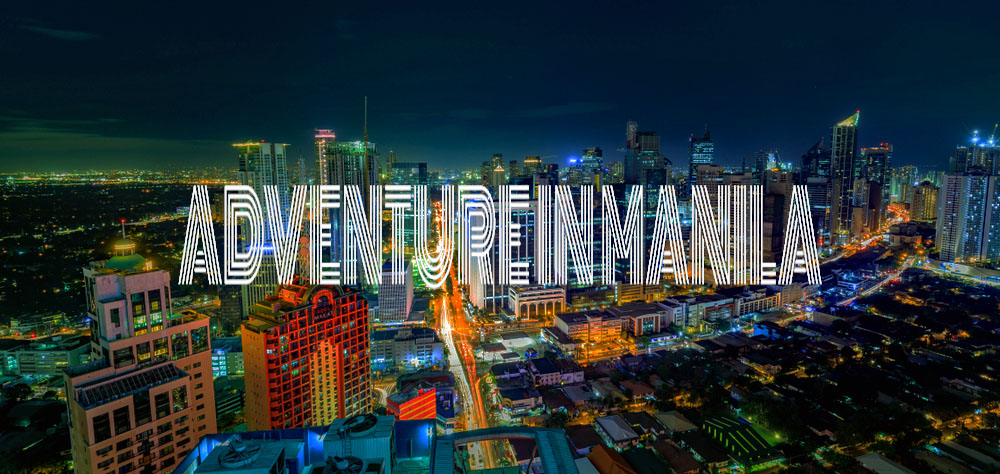Traffic.
For residents of Manila, this is a topic discussed as frequently as the weather.
This is because Manila has some of the worst levels of traffic on earth. With the growth of the middle class has also come the growth of the number of cars on the road. Unfortunately, planning and development within the city haven’t seen the same growth.
Manila has gotten to a point where It isn’t uncommon to hear of people renting dorms near their work just to avoid the long commute times. While some celebrities have gone as far as taking helicopters to work to avoid being stuck in traffic for long periods of time.
I vividly remember my first time visiting the city. We were going out one evening as we were meeting friends in Makati. At that point, I didn’t know the city well, so I sat back and let everyone else make the plans.
It wasn’t long before we were in a taxi on the way to Makati. We were all excited about going out to see Manilas nightlife for the first time. We were all in the back of the taxi – loudly talking over each other.
Now the taxi had taken us onto a highway, but I hadn’t been paying attention. Later, I felt like we had been moving really slowly for a while. After checking the time, I realised we had been in the back of the taxi for 2 hours!
It turns out we had left at the same time most of Manilas residents return home from school or work. The peak hour traffic was a nightmare, thankfully I had my friends there to keep me company.
After what seemed like a lifetime, we finally made it to our destination. In the end, the commute was almost 3 hours! Which adds up to quite a large bill for the taxi. But the rest of the evening was very memorable, to say the least…
The following days’ Revelations
Understandably, I woke up late into the following day. At this point, I still knew nothing about Manila. We had travelled around a fair bit the previous evening but because it was nighttime nothing really stood out.
Once I had dragged myself out of bed, I went into the kitchen where everyone had gathered. The plan was to begin our day at Makati as my brother needed to visit an embassy there, we would then go and enjoy more recreational activities after.
We all walked together out onto the main street to find ourselves a taxi. At this point, I was ready for another long day stuck in the back of a car. Which I didn’t really mind as I was still new to Manila, so I would just sit in the back staring out the window at everything.
Now, where we were heading was roughly a few minutes walk away from where we were the previous evening. So I had it set in my mind that we were going to be stuck on the road for a long time.
But, no more than 20 minutes after getting into the taxi, we had arrived! That’s when it hit me – the previous evening we had spent 3 hours on a route which would normally take no more than 20 minutes within normal traffic conditions.
I could not believe it, if I had realised how close it was the previous evening I would have been a lot more frustrated than what I was. So it was probably better to come to the realisation later on.
Moral of the story – If you want to travel around Manila, pick your commute times wisely, or maybe just walk.
